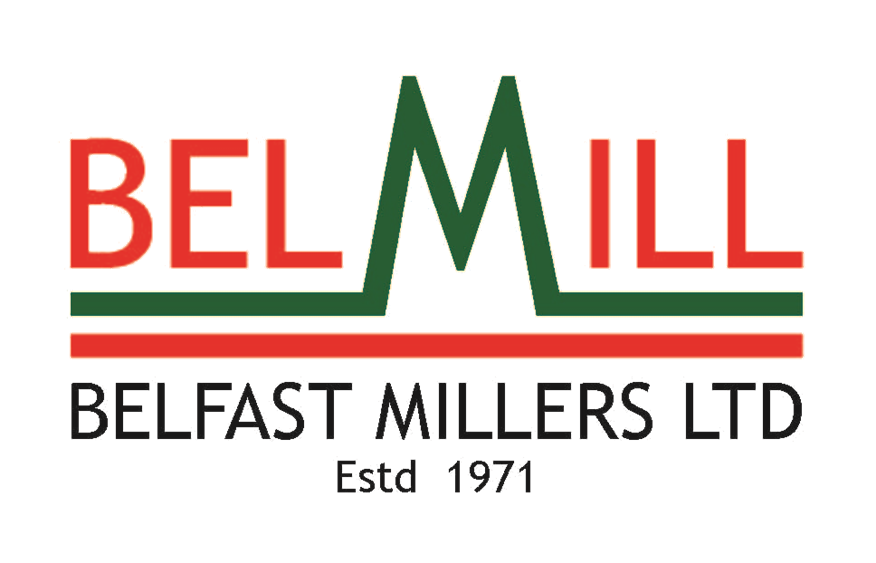Feeding Plan
Early Weaner Calf Pellets
Feed from week 2
Introduce by placing small amounts in the milk bucket of the calf.
Calves may initially consume 50 grams and will gradually increase to around 2 kg at week 12.
Dairy Meal
Suitable for moderate yielders (10-20 Liters)
Feed consumption will be determined by the milk yield.
Generally cows should be fed 1Kg of Dairy Meal for every 2lt of milk.
Super Dairy Meal
High performance feed for high yielding dairy cows producing more than 12 liters.
Cows should be fed 1Kg of Super Dairy Meal for every 2lt of milk.
Super Dairy Cubes
High performance feed for high yielding dairy cows producing more than 12 liters.
Pelletizing sanitizes and improves palatability of the feeds.
Perfect for TMR feeding.
Eliminates wastage by minimizing spillage.
Cows should be fed 1Kg of Super Dairy Cubes for every 2lt of milk.
Management
Good dairy farming practice ensures that the milk is produced by health animals in a sustainable and responsible manner from animal welfare, social, economic and environmental perspectives.
Dairy cattle have one thing in common. The quality and quantity of milk is directly related to the way they are looked after and the way they are milked. Caring and gentle treatment directly affects a cow’s well being thus improving its general health and milk production.
Maximum milk yield can only be achieved by meeting the cows feed requirements and through good management.
Housing facilities should have clean dry stalls with non-slip floors, adequate ventilation and space for movement. There should be a separate space for feed and care should be taken to manage disposal of manure, ensuring it does not mix with feed and bedding. Constant access to fresh clean water with sufficient trough size to avoid competition between animals.
Accurate and reliable records should be maintained of identification, pedigree, milk production, feed consumption, milk production, reproduction, health, vaccination and costs. This is one of the most important dairy management tools.
Dairy cow management is in four stages: service, gestation, lactation and dry cow period.
i) Service
Mainly involves heat detection and mating.
Heat detection can be detected through animal behavior, physical signs, records, hormonal lab tests or teaser (vasectomized) bulls.
Over conditioned or under conditioned cows may fail to show heat signs leading to silent heat.
Mating should be done after heat detection through artificial insemination or natural mating. success will depend on body condition of the cow.
Advantages of artificial insemination are use of high quality semen, better genetics hence high reproductive performance and control of breeding diseases.
ii) Gestation
Lasts 280 days.
Proper feeding is necessary to cater to the needs of the mother and the rapidly growing fetus.
iii) Lactation
Age, breed, genetics, environment and management determine how much milk a cow can give.
Milk quality depends on good udder health, milking hygiene, clean dry comfortable housing and a good feeding programme.
Lactation period is the most important activity in a farm and lasts about 305 days.
Milking is done either by hand or machine milking.
Consistent routine, proper restraint, hygiene of the milking parlor are necessary.
Before milking the udder should be cleaned with a disinfectant and warm water.
After milking dip the teat in a disinfectant as this ensures the udder does not get infected after milking.
Mastitis is one of the most costly disease in dairy cattle as it impacts milk production. Routine testing helps identify cows with mastitis and appropriate measures should be taken.
Mastitis can be controlled by hygiene of the milking equipment and environment,
Records should be maintained of daily milk production, treatment, medications and service.
iv) Dry cow
It's the end of the milking period and it usually lasts 60 days.
Adequate nutrition and appropriate disease prevention is important to maintain proper body condition. This ensures optimal health, milk production and reproductive performance during the lactation following calving.
Risk of mastitis infection is high in this period therefore all quarters should be treated with dry cow mastitis treatment.





